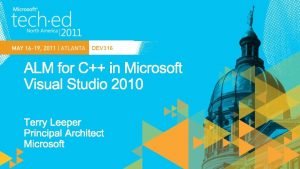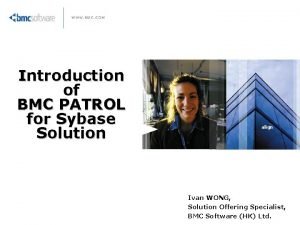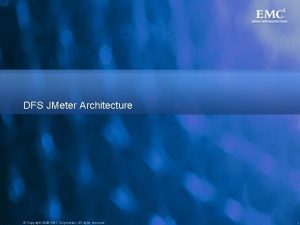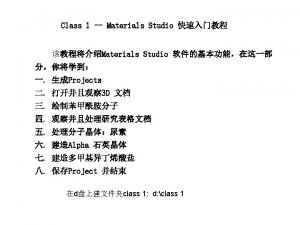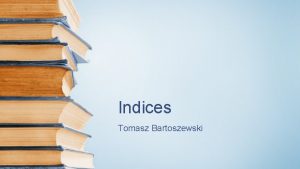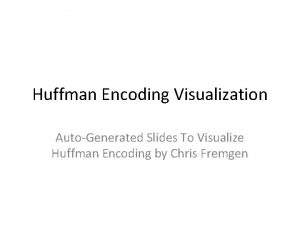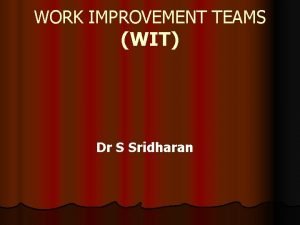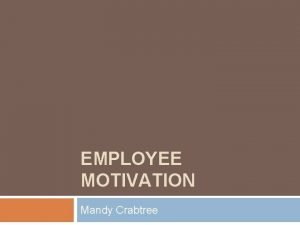A SIMPLE MUSIC VISUALIZER TEAM 11 OUTLINE Motivation












- Slides: 12

A SIMPLE MUSIC VISUALIZER TEAM 11

OUTLINE • Motivation • Related Work • Implementation • Demo

MOTIVATION • Music Visualization is cool. • We want to make our own music visualizer.

RELATED WORK • There are many ways to build a music visualizer • Java, C++, html 5… • These are some engines that we found to build a music visualizer • Unity • 3 DS Max • There are even languages, frameworks design to do such kind of task • VSXU • AVS • So many Related Work 0. 0

IMPLEMENTATION • Our approach is to use Processing (Java) to write our music visualizer • We use Java Minim library to do the SAP • Most of the Challenges are designing the music visualization, writing the algorithm.

IMPLEMENTATION - EFFECTS • Drawing Audio Spectrum • There are two ways : FFT or just draw the Wave. Form • An easy Example will explain the stuff

IMPLEMENTATION - EFFECTS • Beat Detecting is also one kind of effect. • We aim to detect the drum beat. • We basically use the default beat detection algorithm to accomplish the stuff

IMPLEMENTATION – DRUM BEAT DETECT • The Algorithm by Frédéric Patin – link (2003) • We use sound Energy mode to detect the drum beat • Current Sound Energy can be calculated by the following formula

• We could also calculate the Local average Sound Energy using history Buffer • If our Current Sound Energy e is larger than C * <E> (C is a constant). We got a beat. • Now go to the part to find the constant C

• Find The Variance of the average local energy • The Magic part

DEMO TIME Hope we don’t fail 0. 0/

FAQ Thank you very much! If you have any idea of the effect, feel free to write them down on the Web. Contest page.





